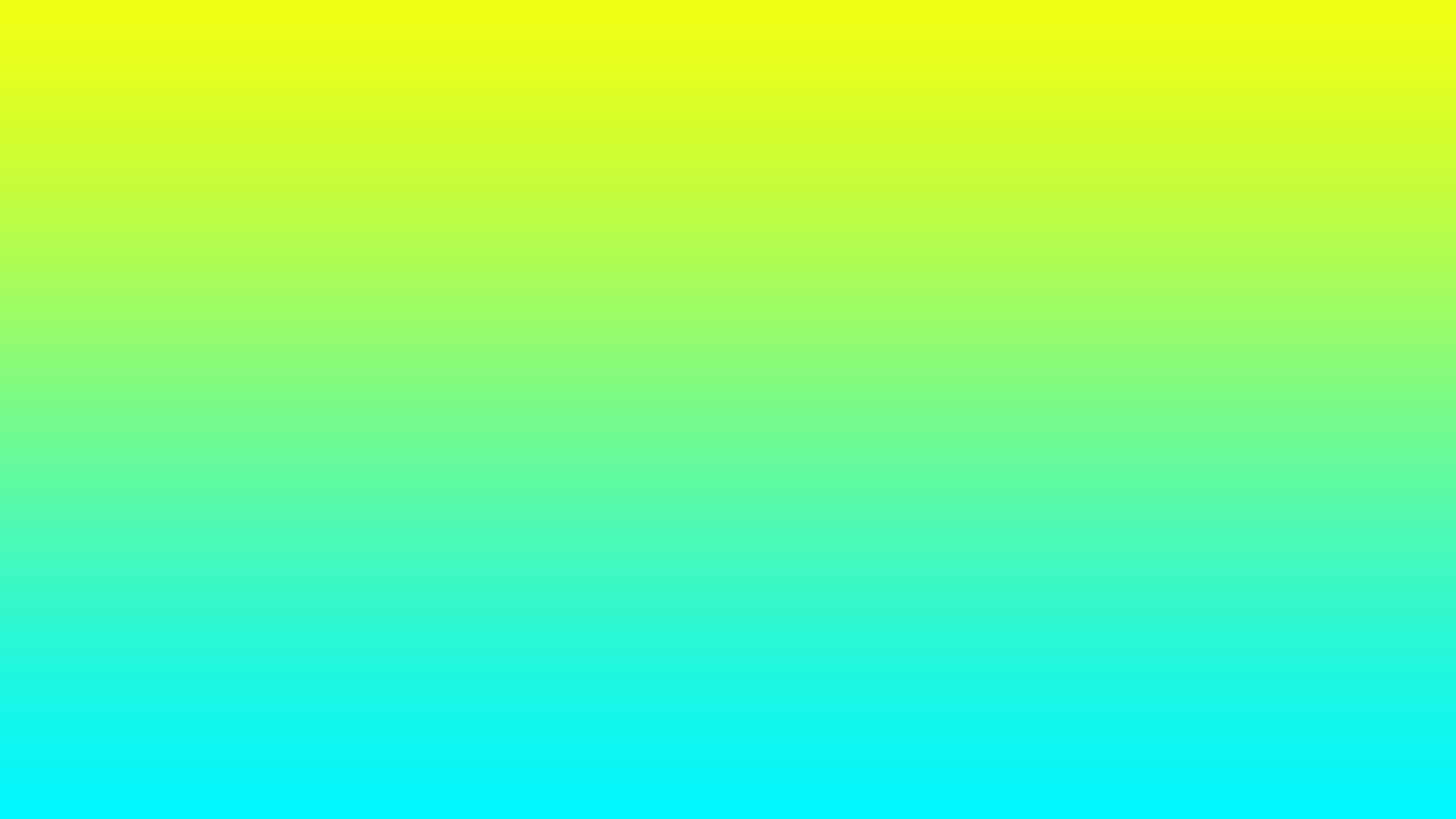
Visual Verbal Journal
Artists keep visual verbal journals to record ideas, write about concepts, practice media techniques and create sketches for future projects.
In the GA Performance Standards for visual art a sketchbook is called a visual verbal journal because it is more than a scrapbook of drawings.
A visual verbal journal includes personal insight and written content including reflections on assignments after completion and on your journey as an artist.
In some assignments you will write a reflection in your VVJ after completing the assignment and both will be turned in together as the graded assignment.
Download the "Create a Page" instruction document from the button.
It should be printed and pasted into your VVJ as instructions for future assignments.
What's In Your Pocket? VVJ 1
Download the What's In Your Pocket? assignment sheet from the button.
Requirements:
-
Layout: 1 Full Page Spread
-
Detailed inked contour drawing (outline) of 5+ objects
-
Annotations about each
-
Realistic colors created with watercolor
-
Varying intensity of colors (more or less water)
Your belongings tell a lot about your interests and tastes as a person. For the subject matter of this artwork you will take out a variety of everyday items from purse, pocket or backpack and arrange them across the table in front of you. You will need to vary the space between the objects and have some going off the edge of the page. This is a full page spread so it will need to take the entire page.
Study the objects carefully. In this module we learned about how artists perceive an object in order to become deeply aware of it and notice things they may not have at a quick glance. As artists perceive objects they notice their shape, color, texture, line and value. After studying the objects carefully, begin creating a CONTOUR line drawing based in pencil. This is the outline of each object.
Draw lightly in pencil first and then ink the lines. Describe each object in your own words. Make notations about their purposes. Mix watercolors to create realistic colors. Vary the intensity of the colors. Create light values by adding more water. Create dark values by adding very little water to the pigment.
Materials Needed
-
Pencil
-
Black pen
-
Watercolor set
-
Cup of clean water
-
Paper towel
-
Visual Verbal Journal
Take a picture of your completed project and submit it to Google Classroom when finished.
A rubric for this assignment is linked to the button to the right.
Image example created by Jessica Booth for GAVS
